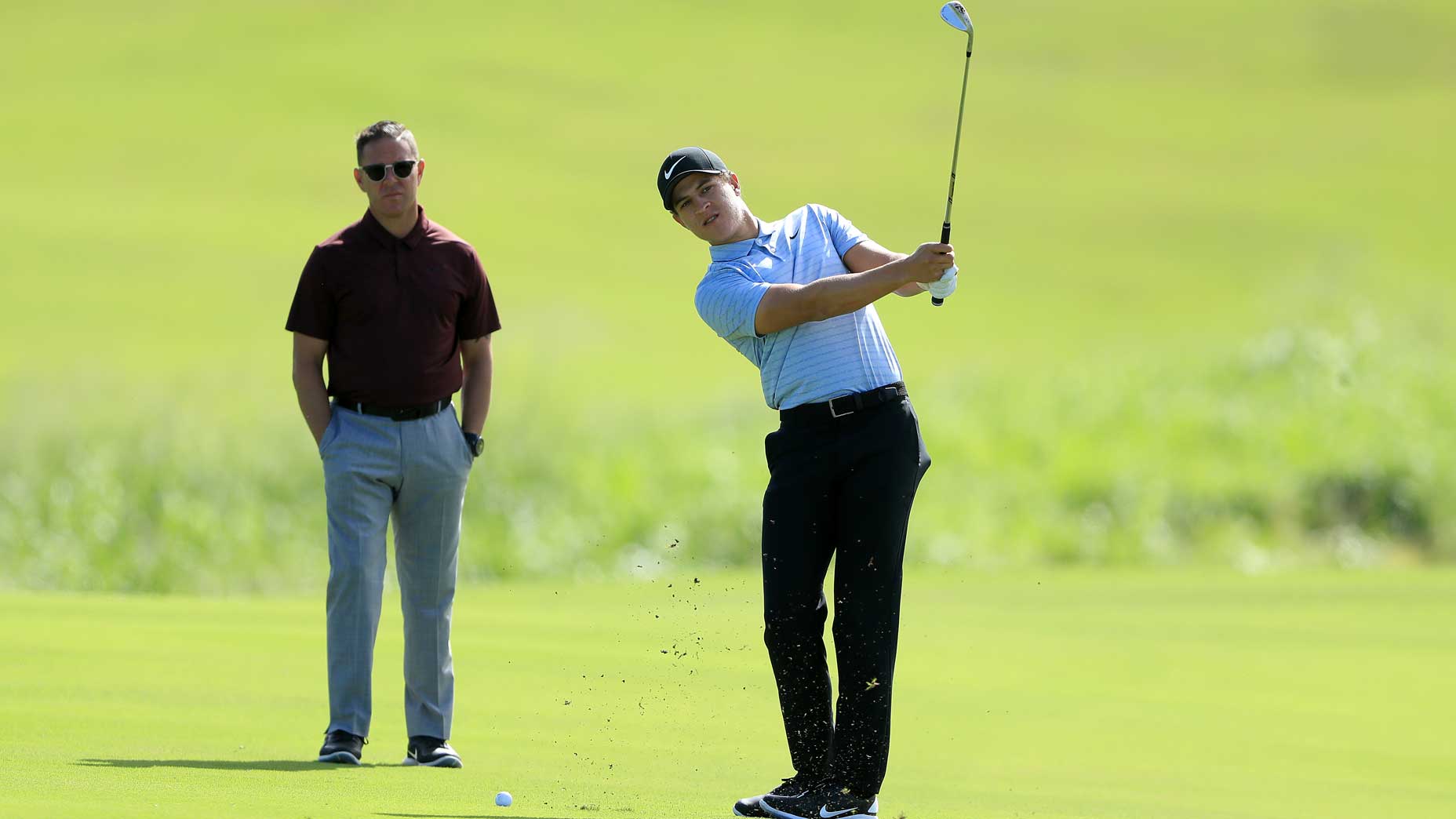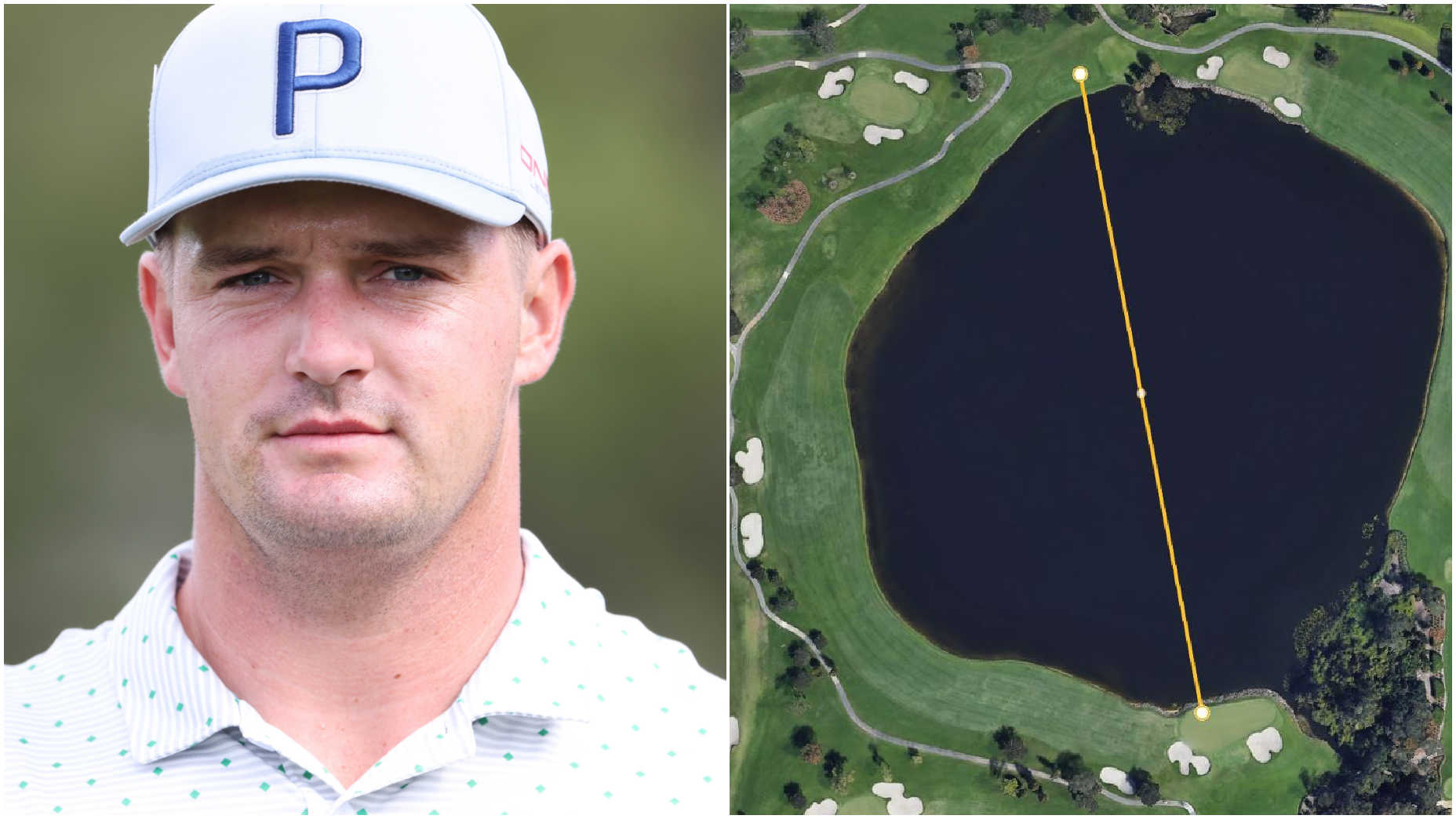This is the wrong type of swing change to make right before you play

Swing changes shouldn't happen right before your round, but if they need to, just be wise about it.
Getty Images
We’ve all been there before a round: A pre-round warmup doesn’t go quite right, and a frantic search for a good swing feel before you head to the first tee in a desperate attempt to stop a bad round before it’s even happened.
But often, those desperate attempts to solve something quickly can often make your problems even worse, says GOLF Top 100 Teacher Dana Dahlquist.
As part of a recent CDW Roundtable featuring GOLF Top 100 Teachers, hosted by GOLF.com, host James Nicholas asked Dana about the kinds of tweaks golfers should attempt before they go play, and the “simple” ones they should avoid.
Before your round: Look for quick match-ups, not technical overhauls
The point of golf is to play well on the course, not to merely have a golf swing that looks good doing it. The two things aren’t mutually exclusive, but it does mean that if you’re minutes from your tee time, you should be wary of making conventional, technical changes, Dahlquist says.
“If you see a playing partner who’s aiming way to the right, it’s probably a compensation for their movement, or their swing, or even the concept of what they think they’re doing. When they start adjusting their aim back to something more neutral, it’s really fighting against what their tendencies are,” he says.
Ideally, Dahlquist says, you’re trying to fix the root cause of the issue — but attempting to do that with a quick tip before your round can get messy quickly. Instead, think about things in terms of matchups. If you’re hitting a slice, don’t try to hit a draw. Try to make a small tweak to turn your slice into a more-playable fade.
In this case, that could mean the clubface is too open, which could mean a small grip change. Something that will give you something that you can play for the next 18 holes.
“[The key] is fixing the clubface and changing the swing direction with the setup. Trying to match-up two things so they compliment each other, and so a golfer isn’t fighting their alignment, and hitting a shot shape they can play,” Dahlquist says. “Using a ‘simple’ swing tip before you go play might not be the best route. If you’re taking a golf lesson tomorrow before you go play, make sure it falls into that category of matching up something with the clubface, or maybe it’s a routine thing so you can do something more consistent. If you start doing something more highly mechanical, that’s more dangerous.







